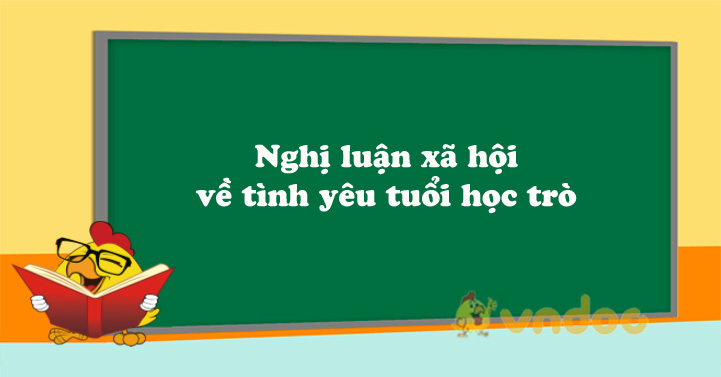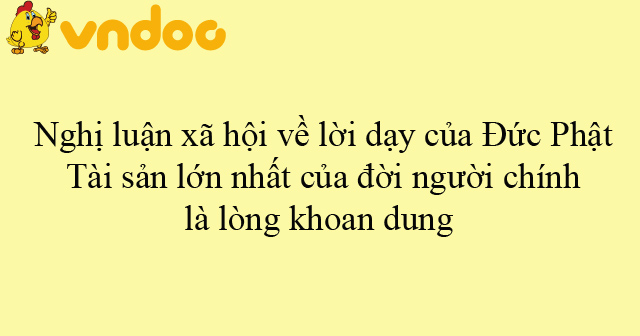Read the following passage and mark the letter A, B, C, or D on your answer sheet to indicate the correct answer to each of the questions.
The coronavirus is usually transmitted by droplets, such as those produced when coughing and sneezing, and by direct or indirect contact with secretions infected by the virus. The virus may also shed in blood, urine and faeces, and, therefore, there is potential for transmission through contact with a wide range of bodily fluids. Certainly, person-to-person spread has been confirmed in community and healthcare settings across Asia and into Europe. There is also a possibility that asymptomatic carriers may be able to infect people. Public Health England (PHE) has classified the COVID-19 infection as an airborne, high consequence infectious disease (HCID) in the UK.
The application of infection prevention and control (IPC) principles are already widely used by healthcare professionals within hospital and community settings to both prevent the spread of infections and to control outbreaks when they do occur. The WHO has issued interim guidance regarding IPC when COVID-19 is suspected. This advice is echoed by guidance issued by PHE.
PHE suggests the coronavirus may pose complications, such as illness pneumonia or severe acute respiratory infection. They also suggest that patients with long-term conditions or are immunocompromised are at risk of these complications. It is important that as first-line staff, midwives are also familiar with the recommended IPC principles and measures, and ensure they have the appropriate personal protective equipment (PPE) when caring for a patient with suspected COVID-19.
1. Which could be the best title for the passage?
A. Problems Related to the Coronavirus
B. Epidemic Situation in England by coronavirus
C. Advice for Those Who Infected with Coronavirus
D. Coronavirus Transmission and Prevention
2. According to the passage, the coronavirus can be found in all of the following except ______.
A. blood
B. clothes
C. urine
D. faeces
3. The word "interim" in paragraph 2 mostly mean ______
A. temporary
B. everlasting
C. permanent
D. effective
4. The word “They” in the last paragraph refers to ______.
A. COVID-19
B. WHO
C. IPC
D. PHE
5. Which of the following is TRUE about those with long-term conditions as stated in the passage?
A. They can work in the WHO.
B. They are employees of Public Health England.
C. They are at risk of illness pneumonia or severe acute respiratory infection.
D. They can work as first-line staff like midwives.
ĐÁP ÁN
1 - D; 2 - B; 3 - A; 4 - D; 5 - C;


.jpg)
.jpg)

